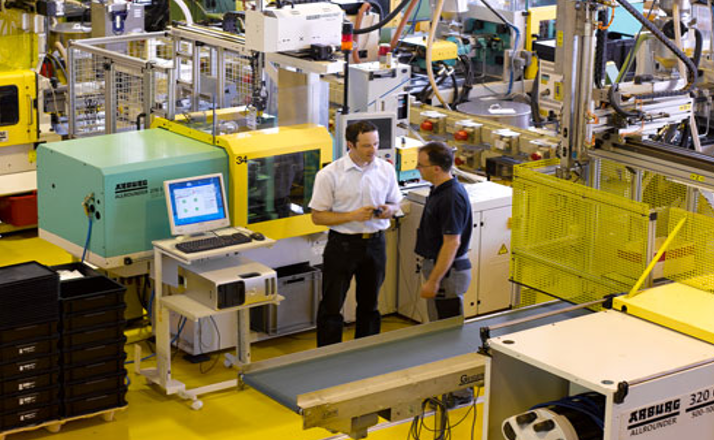Up to 10X Payback
No matter how hard the media tries to make the idea of making money a “bad thing”, the goal always has been and always will be for any company the same. In the words of the late, great Eli Goldratt, author of “The Goal,” the goal of any organization is to make money. For us business guys that means that we need to make a profit.
Making a profit is the key to a business’ ability to grow, invest, and ultimately survive. Without a
Now the question is how do we increase the profitability of our company. Well, there are many ways that companies and people have tried to improve the bottom line. We can invest in new technology to try and lower cost, automation to reduce labor costs, design changes to reduce material content, downsize our overhead structure to cut costs or we can increase revenue and margins by raising prices or gaining market share. All good things to do but where can you get the most significant ROI (Return On Investment)? Spending money on new machines or molds typically will get a 1-3 year payback. Automation investments will typically achieve a 12-month payback (if done right). Cutting costs (like layoffs or downsizing) can have some quick short-term benefits but I caution everyone that if you are not careful, you can cut yourself right out of business, and it is excruciating to do for your employees.
What if I told you that you should expect 3X ROI in the first year of a Lean Transformation (360 Business Transformation)? 5X in the second year and 10X or more by year 3. These expectations are more than proven. There are hundreds of examples over the years where companies have saved at this rate of return, and we continue to deliver these types of results every day.
So to put it into a simple table here are the comparisons:

While all are considered good investments, you can see that the investment in a Transformation is significantly better than the other options. The difference between a typical Lean Transformation and a 360 Business Transformation is that we will work with our clients in all of these areas of opportunity to help you get the most out of your investment dollar.
The last point I want to make about ROI for a Transformation is that what I have stated above is based on hard savings. That means that you will be able to see that type of impact directly to your bottom line. There will also be soft savings and 1-time savings that I have not included in those numbers above.
Typical 1-time savings will be seen on the balance sheet and come from inventory reductions. This is where we would reduce your inventory costs by 25% of over the first year, and you would have a 1 time cash increase by that value.
Soft Savings comes from many places. Typical places where it is difficult to quantify the savings would be in people-related costs such as a reduction in injuries or a decrease in turnover and absenteeism. These metrics typically all improve but we hardly ever try to quantify the savings but believe me there is savings in training costs, recruitment costs, and worker comp insurance premiums, etc.… Other examples of soft savings come from freeing up floor space, reducing travel distance, reducing lead times, and training your employees.
I have found in my experience that there is no better place to maximize the return on your investment dollar than in a 360 Business Transformation.

